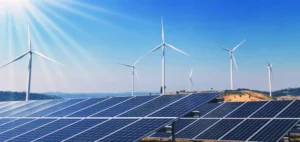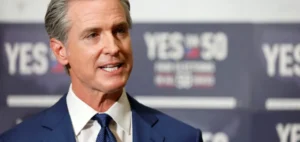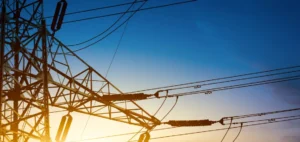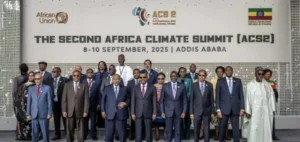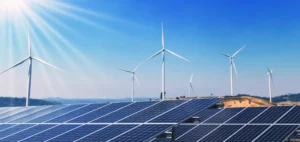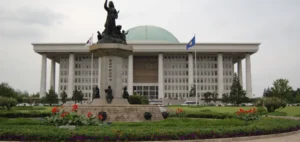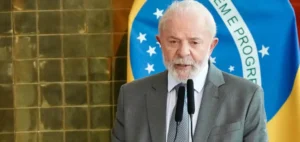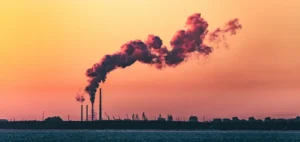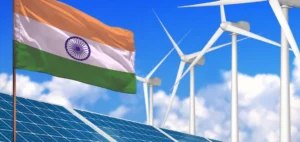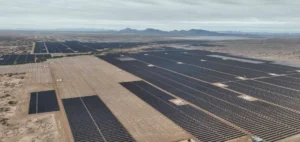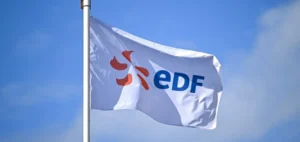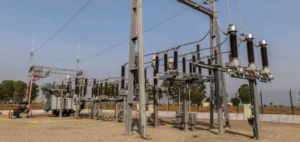Will there be electricity at Christmas? Prime Minister Elisabeth Borne will unveil on Wednesday possible scenarios for dealing with energy consumption peaks this winter but also soaring bills, at a time when France is facing its worst energy crisis since the 1970s.
Ms. Borne will discuss the country’s energy supply scenarios, following the forecasts presented the same day by the electricity and gas transmission system operators (RTE and GRTgaz), as well as the future of the tariff shield that protects the French from rate increases until December 31.
The Prime Minister will hold a press conference at 3:30 p.m., surrounded by the Ministers of Economy Bruno Le Maire and Energy Transition Agnès Pannier-Runacher.
The government, which is preparing its budget proposal for 2023, has promised that the increase in gas and electricity prices will remain “contained” after the expiry of the shield.
In 2022, the increase in electricity rates for individuals had been blocked by the government at 4%, and gas rates frozen at the level of October 2021.
With the energy crisis, wholesale electricity prices in Europe have exploded, sometimes exceeding 1,000 euros per megawatt/hour compared to less than 50 euros before the Russian invasion of Ukraine in February, to the point that the European Union is now seriously considering a reform of the market.
In the interconnected European market, the price of electricity is adjusted to the cost price of the last energy source mobilized to meet demand, often a gas-fired power plant.
However, the price of gas has risen sharply in the wake of the war in Ukraine and the drying up of flows from Russia, bringing with it the price of electricity.
In France, this crisis is accentuated by a drop in its nuclear electricity production, which is at its lowest level due to the shutdown of half of its reactors (28 out of 56), which are undergoing maintenance or corrosion work. In addition to this, the collapse of hydroelectricity production has suffered from the summer drought. What to fear about shortages? “No, France will not be plunged into darkness”, evacuates an industrial source contacted by the AFP.
“continuity plan”
At 10:00 a.m., RTE will unfold its vision of France’s energy security for the 2022/2023 winter season, and in particular the crucial period from October to March, according to several scenarios, from the most optimistic to the most pessimistic.
All the efforts of voluntary savings and eco-gestures that can be asked to individuals, communities and companies to avoid overheating the system will be addressed. For example, by lowering consumption at key times, such as in the morning and at the end of the day, to alleviate “peaks” in consumption.
The gas transmission system operator GRTGaz will present its winter gas supply forecast scenario in the early afternoon.
After calling on companies to act to avoid “rationing” at the end of August, the authorities are hammering home a message that is a little more reassuring about the network’s ability to cope with peaks in demand and cold spells this winter, provided that everyone makes an effort to “sobriety”.
“There is no risk of blackout, that is to say, the occurrence of an episode that would collapse the entire energy system,” assured the Minister of Energy Transition Agnès Pannier-Runacher, Tuesday before the Committee on Economic Affairs of the National Assembly.
“We have a series of levers” and as a “last resort”, “a continuity plan is prepared in case of insufficient power supply, with measures such as load shedding,” said the Minister.
These targeted and pre-planned power cuts are part of a range of measures designed to avoid a blackout, i.e. a widespread and uncontrolled blackout.
The global energy crisis has added to an already tense situation for the electricity network in France.
The security of supply had been placed under “vigilance” last year for the winters of 2021-2024, due in particular to the delay in the connection of the new generation EPR in Flamanville and in the development of renewable energy.



